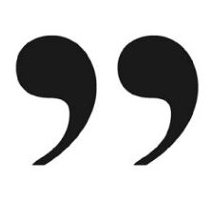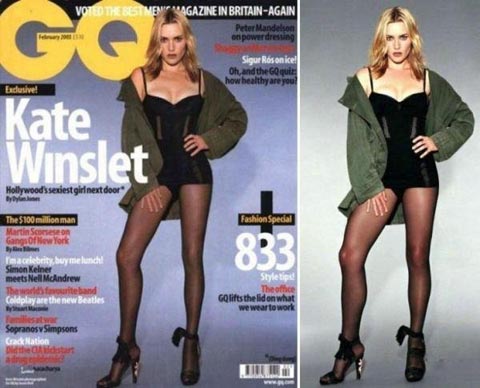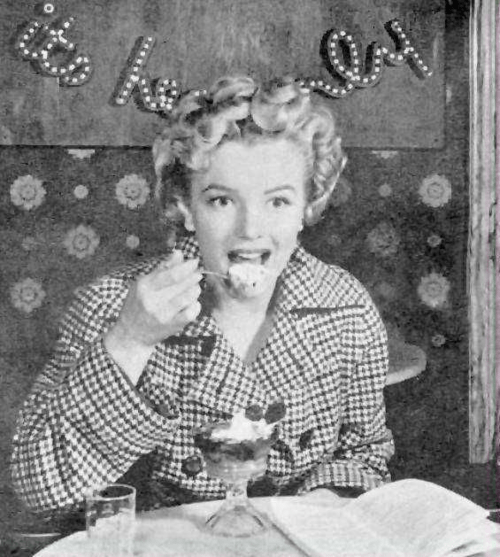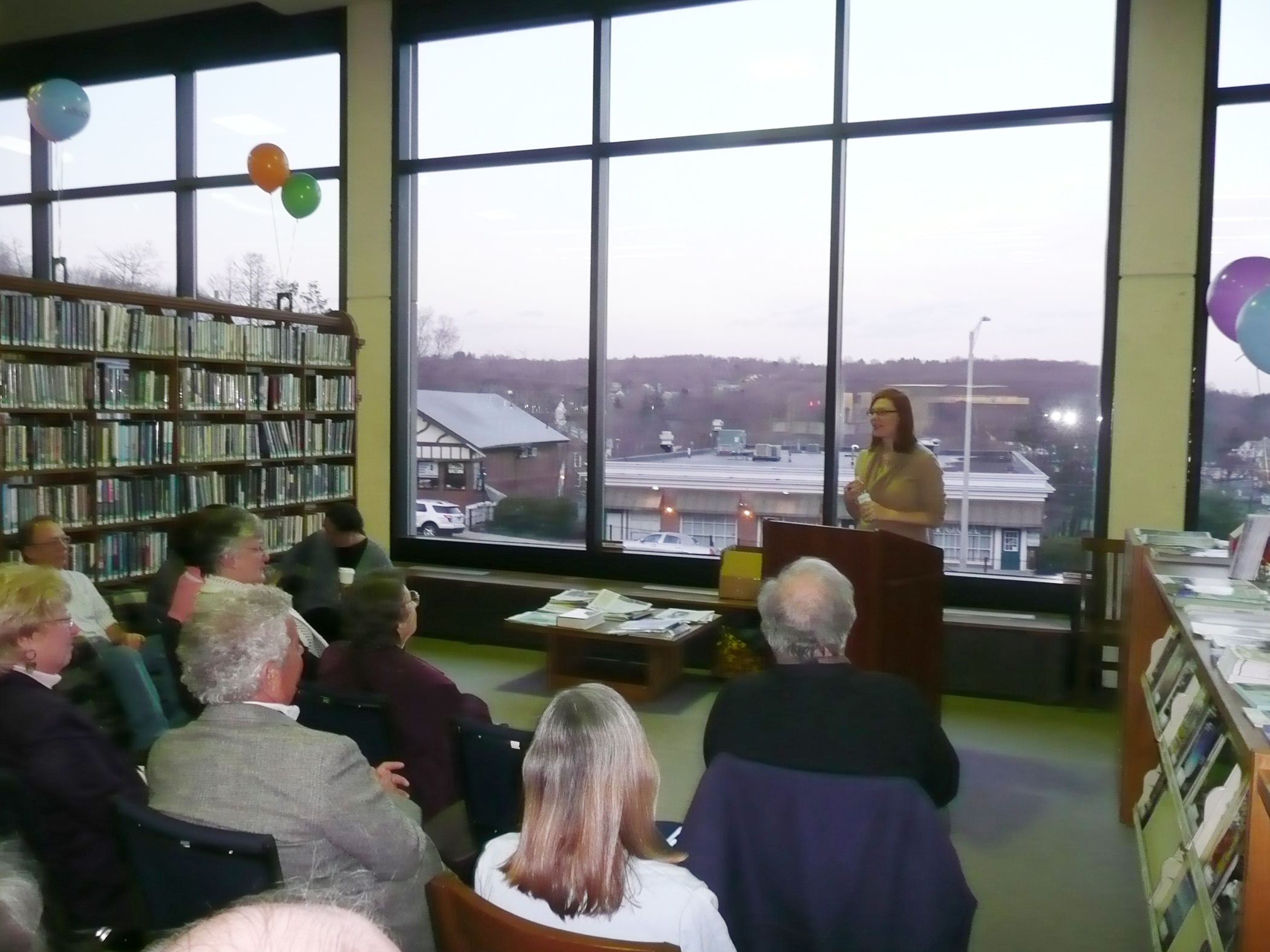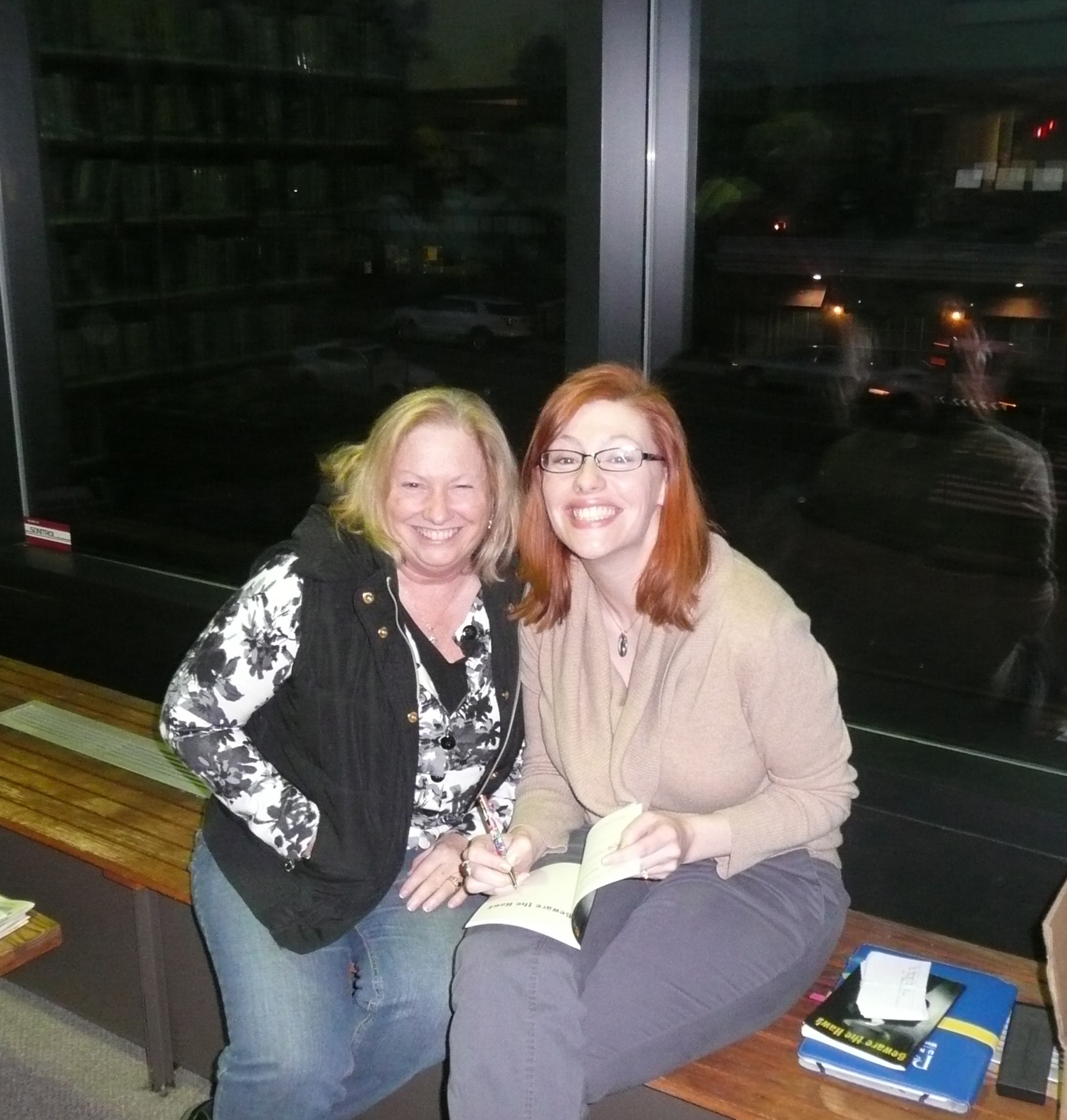
Oh great - if you add a husband, 80 pounds and an MFA , and subtract a law degree, I'm Ally McBeal.
We’re not planning to have a family anytime soon. Kids have never been high on my priority list. Yet, recently,I’ve been dreaming of babies.
Remind you of anyone? Ally McBeal and her dancing baby, perhaps? If only my baby danced. Mine screams.
There’s always a crisis in these dreams. I either cannot clothe or feed the baby, or I’ve discovered that unbeknownst to me, I’ve had a child and have been keeping it in a suitcase for months. I’m always riddled with guilt in these dreams. I feel guilty that I had a child and didn’t know it. I feel guilty that I cannot feed it. I feel guilty because I was devastated when I learned that I had a child.
The payoff for these horrors comes every night, when I hold my hungry, unfeedable child and feel his or her warm weight in my arms, or against my ribs, or on my hip. I inhale the sweet, and sometimes, sour odors of the child’s body. I know it’s mine. And then I wake up, and – as upset as I was when I realized that I was a mother – I am just as disappointed that the child is gone.
It’s a hell of a roller coaster to ride every night.
Also, it’ s just weird. Having kids was never a part of my life goal. Writing a book was always my big ambition. Oh, sure, I thought maybe I’d have kids because hell, lots of people do, but I’m not one of those who always envisioned herself as a mother.
In fact, at the moment, I’m not all that interested in having children – life is good the way it is, and my husband and I don’t feel the need to add to our household. Despite this – I wrote about it a few years ago – after the age of 30, I started getting a strange irrational urge toward motherhood. It’s not a desire. It’s a biological urge, like hunger, or sex drive. It’s called Baby Lust, or Baby Fever. Or at least it’s called that according to this article which was published in Elle in 2011.
It’s one of the few articles that addresses my nightly adventures with the Dream Baby.
There is some literature out there about baby lust, but not much, and much of it is written by and for people who want, or have children. And those articles contain some interesting facts. For one thing, baby lust doesn’t affect only women who are child-free. Some women are hit with waves of desire for a child. They might have children in their early 20s only to re-experience baby lust 10 or 15 years later, when their children are teens.
There aren’t, however, a lot of articles about baby lust written about women who are ambivalent to child-bearing, and no wonder. According to the Elle article, this urge isn’t felt by all women. And until the second half of the last century, it probably wasn’t a noticeable phenomenon. Psychology was young, and women were expected to procreate or die trying.
Today, I suspect that many women who experience this brand of baby lust don’t really want to talk – or write – about this feeling.
First of all, it’s uncomfortable and sometimes emotionally painful.
Second of all, it’s likely to be misunderstood: I don’t know if men who don’t want kids get this baby fever thing, but based on an extremely unscientific survey (based on the facial expressions made by the men in my life when I try to explain this phenomenon to them) they don’t. Since baby lust is not universal among women, there isn’t a large group of people who might sympathize.
Thirdly, child-free women might not be talking about baby lust because they are ashamed of it. Based on my upbringing as an Irish Catholic, I can tell you that any strong urge that runs counter to a person’s values creates shame. Speaking for myself only, I can say that I’m ashamed of my baby dreams. I don’t want kids right now, but I think about babies like a starving person thinks about food. This makes me feel crazy. I spend my days thinking about my career, the next novel, and next week’s class. I spend my nights tossing from dream to bad dream to nightmare, all of them featuring the unclotheable, unsootheable, hungry baby.
I am ashamed of feeling crazy.
Shame, however, is no reason not to talk, or write, about anything.
Will I be forced to eat my words if we do procreate? No. Here’s the thing. If my husband and I do happen to stumble into parenthood, we will embrace it. If we don’t, both my husband and I are happy to be an enthusiastic uncle and aunt. I’m wondering if the Dream Baby is what happens when strong biological urges hijack ambivalence.
The important thing to remember is that, no matter what my body throws at me, we still have a choice. I can experience baby lust and not give in to it. We can make our childbearing choices based on what makes sense for us as a couple and it doesn’t have to be driven by my biological urges. We can use our brains to make that decision, not our bodies.
That’s a comfort to me, but you know what I’d like even more? I would like to get some sleep. It’s not fair to be routinely woken up by a baby when you don’t even have one. I mean, come on. What kind of mean trick is that?
